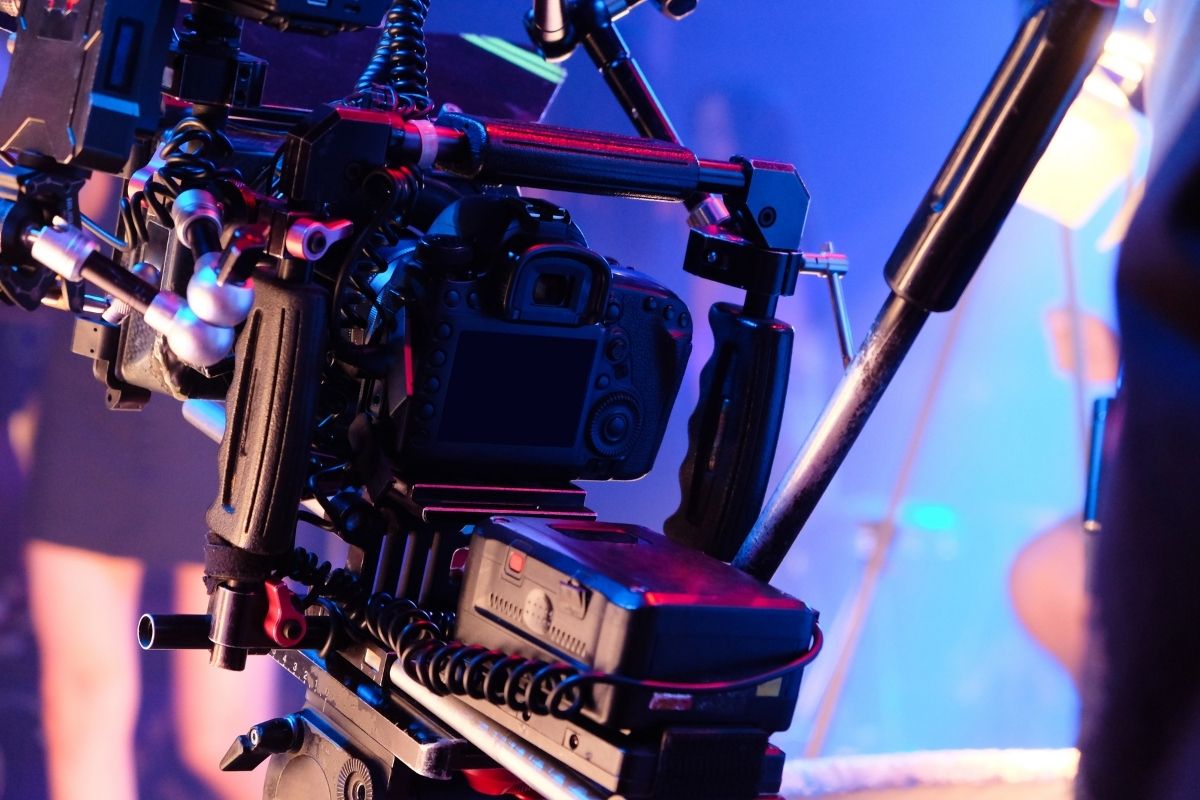Sound & Score: Sound
When thinking about filmmaking, you can’t ever forget the importance of sound, Sam Pollard says. Dialogue, sound effects, and music all help enhance the storytelling. As a young editor working on Steinbeck’s, he would do all his sound editing himself because he didn’t have money to pay for a sound editor.
As Sam became more experienced, he worked on bigger films with bigger budgets. He was able to get sound editors and sound designers who could bring their professional style and technique to enhance the drama or the emotion of the film.
The sound design and sound arc of every film are different, in Sam’s view. Some films need lots of sound effects and sound design. Some films need less.
Caran Hartsfield agrees that sound design and sound effects add to the storytelling within the scenes. Ask yourself, what does it sound like in a scene where a boy meets a girl and it’s raining? She thinks it feels different than the sound design of firecrackers going off outside a room, right?
It completely changes the scene, Caran says. She thinks that sound design is a fun part of the filmmaking process because you can dramatically alter a scene with the sound effects that you choose.
She encourages any filmmaker to really play with sound because it’s so much fun. Just start pulling sounds that are interesting and have a good texture for you.
It could be the sound of a fan or the sound of a river going downstream. These sounds have very visceral effects and it’s subliminal. The audience isn’t thinking, “oh, that was a great river flowing down in that scene.” But Caran thinks that you’re ushering the audience in a particular direction in an undercover way.
[Please embed: https://unsplash.com/photos/1zwJqd5cNys]


